For much of the U.S., there's no need to shut down the garden once winter rolls in. Here's what to plant based on where you live.
9 Vegetables To Plant in Winter
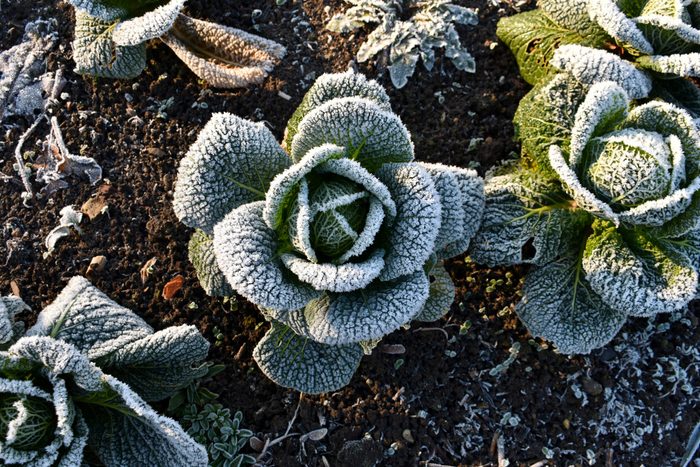
Planting Winter Vegetables
In nature, some wild seeds lay dormant over winter before germinating at the first signs of spring. While abiding this natural process is an age-old gardening practice, it wasn’t until 2006 when the United States Department of Agriculture (USDA) officially recognized it by adding “winter sowing” into its National Agriculture Library Thesaurus.
Its newfound popularity happened thanks to a novice gardener, Trudi Davidoff. She discovered if she used containers as mini outside greenhouses, she could mimic wild seed growth in nature. The technique has grown in popularity, partly because winter sowing gives cool-season vegetables a head start for the spring harvest. Some seeds even germinate at a higher rate when sown in winter. Try these mini vegetable plants in your garden this year.
“Certain vegetables even perform and taste better when grown in cool weather, rather than the heat of summer,” says Kelly Funk, a vegetable garden expert and president of Park Seed.
Can I Plant a Winter Garden Where I Live?
Yes. But you might benefit from planting in containers vs. directly sowing seeds into the ground. Here are a few cursory steps toward how to winterize your garden.
The lowest temperature in your USDA Plant Hardiness Zone determines what you can grow. If you live in Zones 8 through 11, you can plant certain vegetables in the winter without changing your gardening habits.
“The mild winters of USDA Zones 8 through 11 are best for winter planting,” says Funk. “These regions have hot summers where the heat can cause more harm than good.”
States that fall primarily within these zones include Florida, Texas, Arizona, Hawaii, California, Mississippi, Alabama, Georgia and the Carolinas, plus the west coasts of Oregon and Washington.
Cold-hardy vegetable seeds can also survive the freezing temperatures of more Northern climates. There, seeds can be sown directly into the ground, although some gardeners start them in a more protected environment like a container on the porch.
How Should I Plant for Winter?
You can direct-sow seed into garden beds or start your seeds in containers.
Direct sowing is the simplest method, but your seeds are likely to germinate later because the soil will take longer to warm up in the spring. That’s why many gardeners opt for starting seeds in DIY containers made from plastic gallon jugs or food take-out containers, then transplanting them in the spring.
When Should I Plant for Winter?
When direct sowing, you can plant seeds anytime, as long as the ground has thawed enough to work the seeds into the soil. The seeds will remain dormant until the soil temperature is right for them to sprout in the spring. In warmer climates, this is advantageous with crops like leafy greens, which tend to bolt once the weather gets too warm. Bonus: Using a seeding square takes the guesswork out of planting seeds or plants with color-coded holes as your measuring guide.
For containers, in cold climates it’s best to plant after the winter solstice, in January or early February. This way they’ll still have plenty of time to mimic natural germination conditions. In more mild places, seeds suited to those climates won’t require a frost, so your timing can be more flexible.
Below are some of the best cool-weather crops.
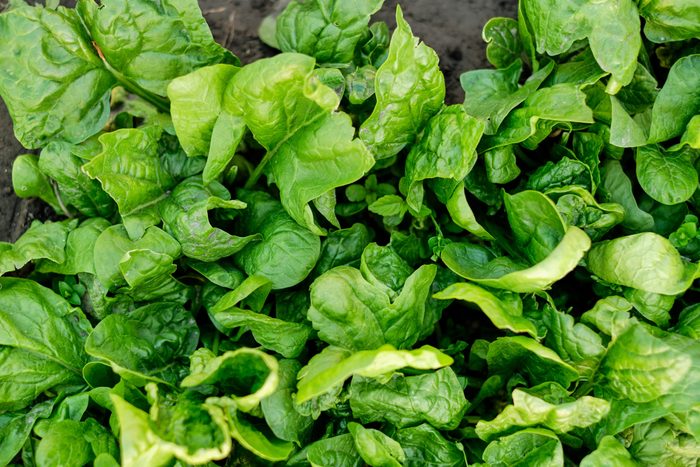
Spinach
Spinach, mustard greens and kale are ultra-hardy greens. Kale actually gets more tender when it’s cold. Sow them in the winter for a spring harvest. In moderate climates, you can sow them in the fall for winter harvest as well.
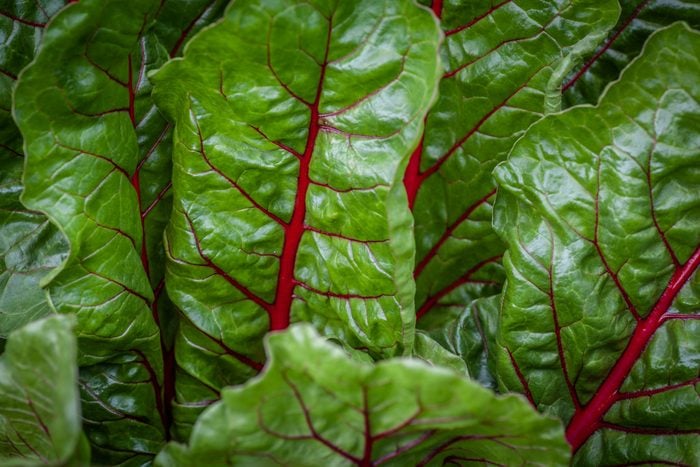
Swiss Chard
Most greens prefer cool weather, making them excellent choices for winter gardens. Chard is a semi-hardy plant, along with collard greens, arugula, bok choy, endive, mizuna and radicchio. All can be direct sown or started in containers, except bok choy, which is most successful when transplanted.
When collards are planted and grow over the winter, it improves the flavor of the leaves.
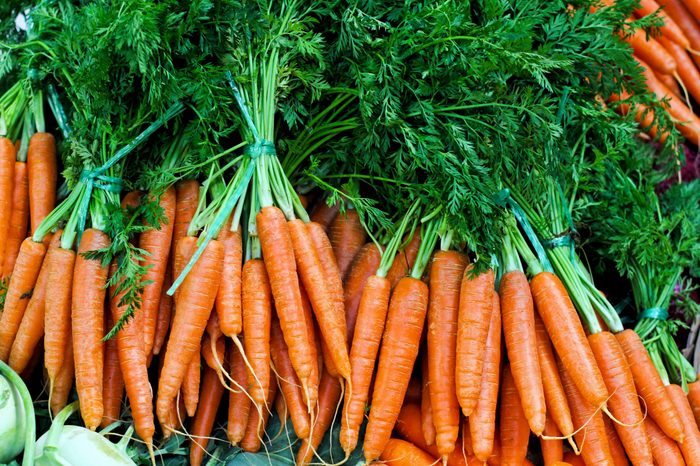
Carrots
Carrots, along with turnips and beets, actually get sweeter when grown in the winter because the plants produce more sugars to keep from freezing. Keep the soil sandy and well-drained, because heavy soil will cause carrots to grow slowly. All can be started with direct seeding.
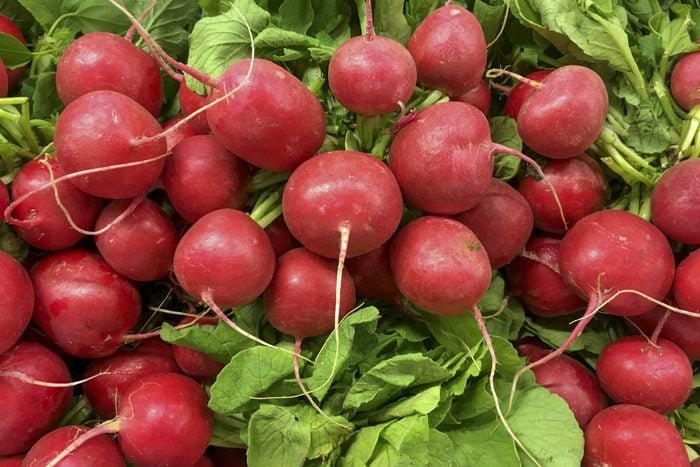
Radishes
Radishes are a fun cold crop because they’re low-maintenance and grow fast. Specific varieties grow in winter, like daikons, which grow more slowly but come out nice and crisp. Sow them directly into sandy, well-drained soil outside.
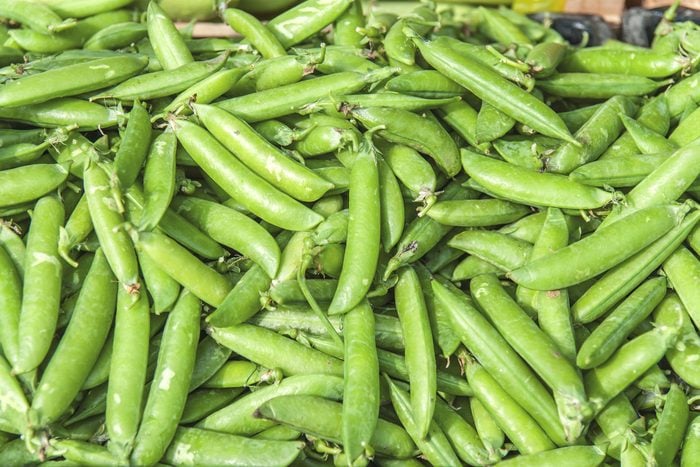
Peas
Peas do well when it’s chilly and help improve the soil by fixing nitrogen. They require full sun and well-drained soil. They don’t need a lot of fertilizer, but will benefit from some compost added to the soil before planting. Sow them outside in late winter and make sure they have a trellis or something else to climb on.
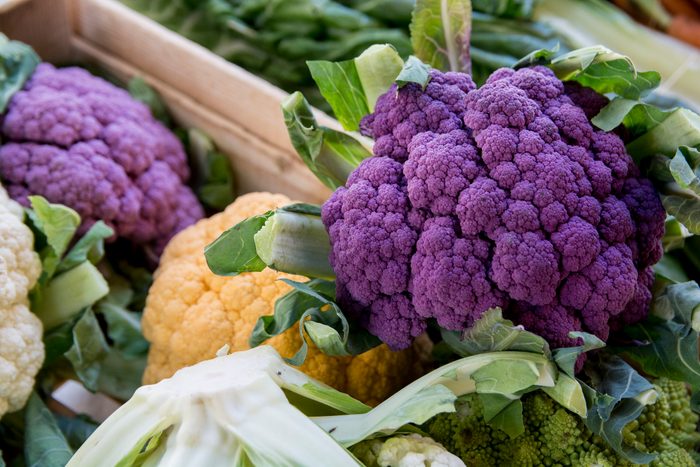
Broccoli
As with radishes, there are winter varieties of broccoli, like hardy purple sprouting broccoli. Sow in containers over winter, then transplant in the spring. Broccoli prefers full, direct sunlight for about six to eight hours a day. While it needs regular watering, it doesn’t do well in overly wet soil.
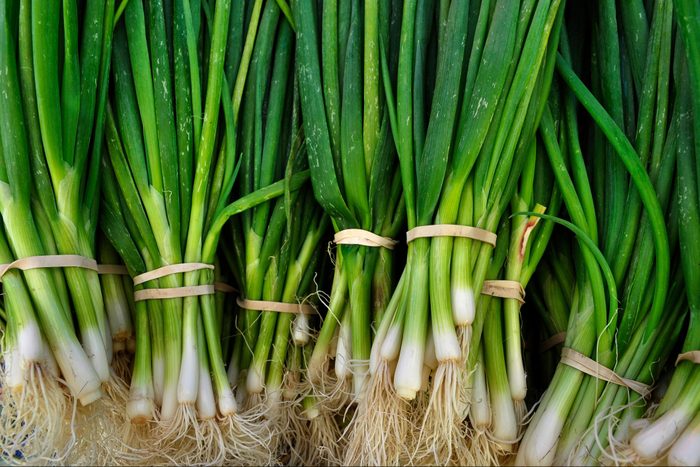
Bunching Onions
Because they grow quickly and tolerate many conditions, bunching onions like scallions are excellent winter sowing crops. They can be sown directly into the beds for early spring harvest, or sown and grown in containers for winter harvest. Growing onions from seed is a great way to discover new varieties.
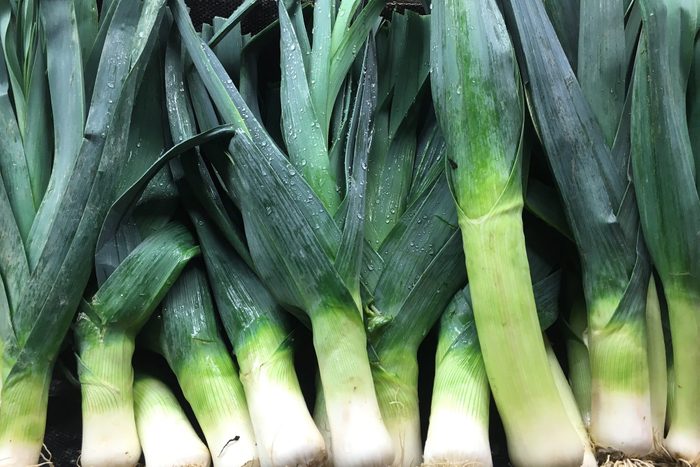
Leeks
Leeks develop bolder flavor after a frost or two. Sow them in containers and then transplant in the spring. They’re also good for early summer planting. They’re hardy and can sit in the ground over the winter, waiting to be picked for a winter soup, or to poke up through the snow on a spring day. You can also try growing elephant garlic—a cross between garlic and a leek.
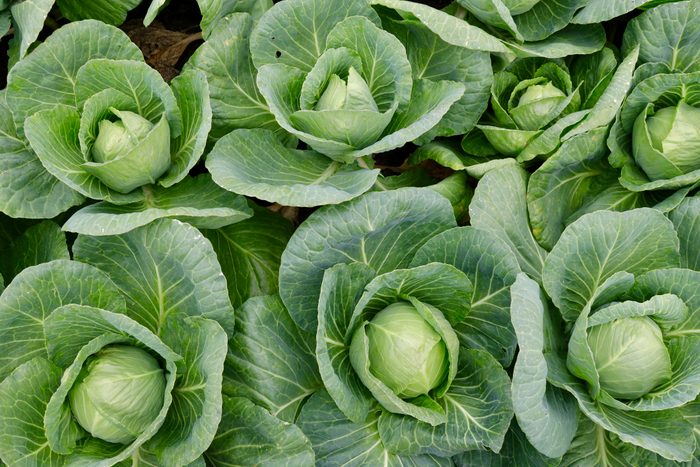
Cabbage
The most weatherproof winter cabbage is crinkly savoy, which actually gets brighter once it goes through a frost. They take a while to grow, so start them in containers and transplant them once they have six or so leaves.




















